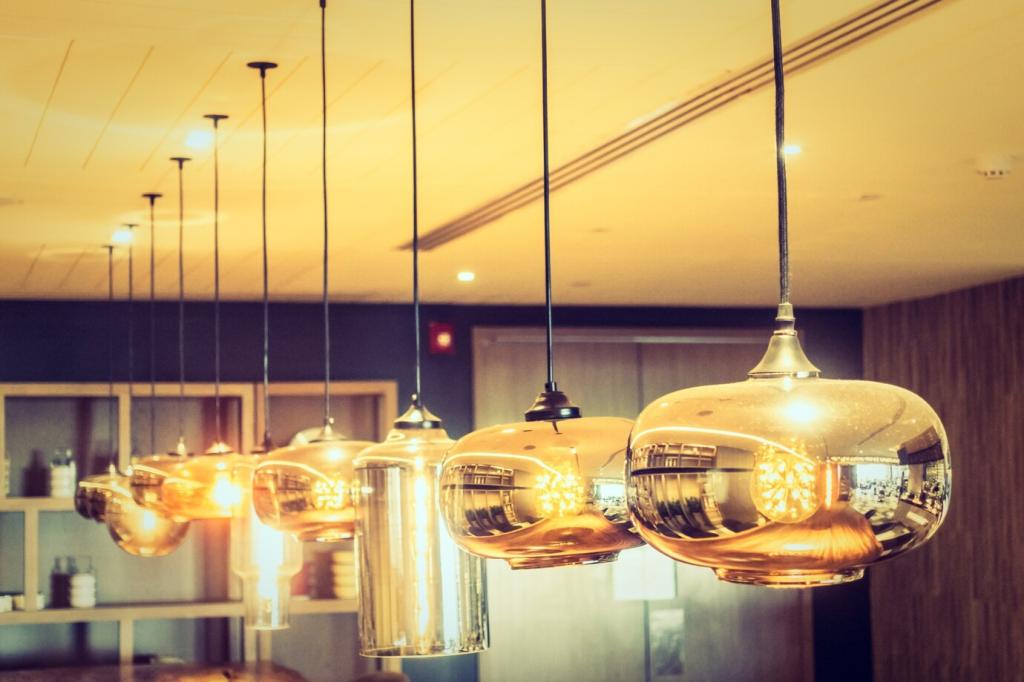Creating a cozy coffee shop isn’t just about plush seating and warm lighting; the sound environment is equally vital for fostering comfort and ambiance. Acoustic design goes beyond mere noise control, shaping the entire customer experience from the moment they step inside. The interplay of sounds—hushed conversations, steaming milk, gentle music—creates an inviting atmosphere that encourages people to linger. Understanding how to harness and manage these auditory elements is essential to building a memorable, welcoming space. Dive into the intricacies of acoustic design tailored for coffee shops and discover how subtle sonic details make all the difference.
Understanding the Importance of Acoustics
Acoustic design directly influences customers’ willingness and ability to converse easily, whether they arrive alone or in groups. Excessive noise can force people to raise their voices, leading to discomfort and shorter stays. Conversely, an environment that’s too hushed can make whispered conversations feel exposed and awkward. Effective sound management ensures gentle background sounds mask private exchanges without overpowering them. By considering factors like reverberation time and ambient noise levels, you can foster an environment where laughter, chatter, and confidentiality coexist harmoniously, encouraging longer visits and returning patrons.
Managing Reverberation and Echoes
Many modern coffee shops feature high ceilings, bare walls, and minimalistic furnishings, which, while stylish, can inadvertently create a “boxy” and reverberant soundscape. Without adequate absorption, every word and clatter rebounds across the space, amplifying noise levels and making conversation difficult. Implementing sound-absorbing elements—such as acoustic panels, upholstered seating, or thick curtains—helps to mitigate these effects. The goal is to truncate lingering echoes while maintaining a lively background buzz, allowing both energetic chatter and quiet moments to coexist without sonic interference.
Controlling Equipment and Kitchen Noise
Behind every cup of coffee is an orchestra of machines: espresso makers hissing, grinders whirring, and refrigerators humming. Left unchecked, these sounds can become intrusive, breaking the spell of coziness for patrons out front. Smart acoustic design considers spatial separation, soundproof barriers, and even equipment selection to reduce the spillover of mechanical noises. Enclosing particularly loud appliances and orienting service bars strategically can turn the “heartbeat” of the coffee shop into a distant, comforting rhythm rather than a disruptive presence.
Buffering External Sounds
Window fronts and street-facing locations mean coffee shops are often exposed to urban soundscapes: honking horns, sirens, or even construction. These external noises can jolt customers out of their relaxed state and undermine the intended atmosphere. Special attention to window glazing, vestibule entries, and sound-dampening finishes helps buffer the outside world. By containing and curating the coffee shop’s sound environment, owners ensure that guests feel immersed in a sanctuary, even if the city continues to bustle just beyond the glass.

Acoustic Solutions for a Cozy Ambiance
Integrating Soft Furnishings and Materials
One of the most effective ways to enhance acoustics is through the strategic use of soft surfaces. Upholstered chairs, cushioned banquettes, plush rugs, and even fabric wall hangings act as sound absorbers, soaking up excess noise. These elements not only improve auditory comfort but also contribute to the visual warmth and tactile appeal of the space. By thoughtfully layering different textures and materials, café owners can break up sound waves while giving the interior a relaxed, homey vibe that attracts guests seeking respite from the outside world.
Creating Distinct Zones
Coffee shops often serve multiple purposes: social hub, workspace, and casual retreat. Designing distinct acoustic zones using partial walls, bookshelves, or plant barriers helps to segment the space and manage sound expectations. Conversations in group tables won’t overwhelm quieter corners meant for reading or remote work. This careful zoning creates micro-environments tailored to different patron needs, ensuring everyone—from the boisterous study group to the solitary writer—feels considered and comfortable.
Employing Sound Masking Techniques
A well-calibrated sound system playing soft background music or gentle ambient noise can help mask abrupt sounds and maintain an intimate environment. The goal is to achieve a soundscape where intrusive noises—like dropped cutlery or snatches of loud conversation—fade into the blur of pleasant auditory texture. Selecting suitable playlists and adjusting speaker placement elevates the overall experience, using sound not just as décor, but as a subtle tool to guide mood and social behavior while preserving the café’s identity.
